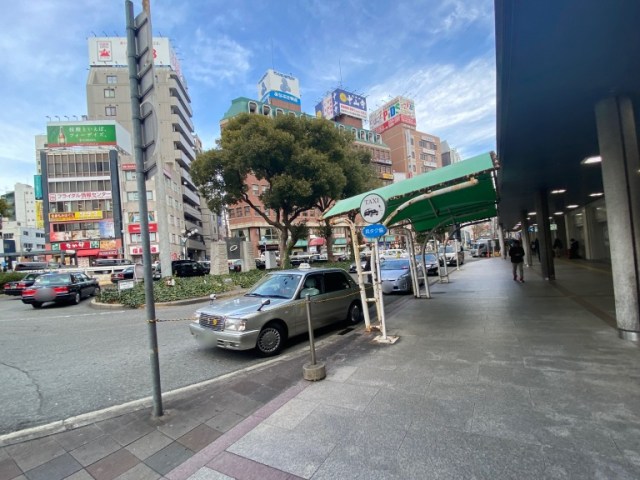
It took more steps than we’d expected, but we finally got an answer.
For most people, when they’re in a new town and feeling hungry, they’ll go online and pull up a local restaurant review site, or maybe crack open a guide book and see what suggestions it has. We’re not most people, though, so when we need a restaurant recommendation, we ask a taxi driver.
So when our Japanese-language reporter Ikuna Kamezawa found herself in Kobe on a recent morning and felt her stomach start to rumble, she headed to the taxi line outside of Sannomiya Station, downtown Kobe’s main rail hub.
The key to getting a good taxi driver restaurant recommendation is to find someone who really knows the neighborhood. So Ikuna hung back and let other people hop into the first few cabs, which had younger drivers, and waited until she saw a man behind the wheel whose age implied a bit more experience driving, and eating, in Kobe.
After hopping in the cab, Ikuna explained that she’d come from Tokyo, and made her request, saying “Please take me to the best restaurant in the neighborhood,” to which he quickly responded:
“Huh? Look, I hear what you’re saying, but…that sorta depends on what kind of food ya wanna eat, ya know?”
He had a point. Kobe is a big city, so she probably needed to narrow things down just a bit. Since Kobe was one of the first cities in Japan to open up to foreign trade and residents, it’s got a reputation for delicious international cuisine, and so Ikuna asked the driver to take her to the best yoshoku (Western cuisine) or Chinese restaurant. “All righty, then, let’s head to Nankinmachi,” he said, referring to Kobe’s Chinatown district.
The taxi pulled out into traffic, and Ikuna sat back while her mouth started watering at the delectable delicacies that awaited her. Maybe she’d get to dine on-
“OK, here we are! That’ll be 660 yen!”
They’d only been on the road for a few minutes, but the driver said they were already at their destination, with her fare coming to the industry standard minimum of 660 yen (US$5.75). That’s when Ikuna remembered looking at a map and seeing that Sannomiya station and Chinatown are only about a 15-minute walk away from each other.
Unfortunately, the interior of Kobe’s Chinatown is closed to vehicular traffic, so Ikuna was getting dropped at the edge of the neighborhood. “There are a bunch of food stalls selling munchies on the streets, so just grab whatever looks good. That works for ya, right?” said the cabbie.
But Ikuna replied that she was looking for a sit-down restaurant meal. “Ah, gotcha. In that case, just look for some restaurant with a line of people waiting to get in. Can’t go wrong like that,” he told her. Ikuna then asked if he could perhaps recommend a specific restaurant, and that’s when she finally got a name: Gaen Shuka. “I wouldn’t call myself a regular or anything, but I eat there from time to time.”
Ikuna couldn’t help but wonder if he was just trying to get rid of her, and she felt a little more suspicious still as she followed the walking directions the taxi driver had given her. Remember, before finally mentioning Gaen Shuka he’d told her to look for a restaurant with a line of people out front, but there were hardly any people around at all, and certainly no lines.
Still, he’d given her a big smile and a warm “Take care!” when she’d gotten out of the cab, and there really did turn out to be a restaurant called Gaen Shuka that his directions led her to.
It was at this point that Ikuna realized that she’d forgotten to mention anything about her (modest) budget, and she was a little apprehensive as she climbed the stairs to the second-floor entrance. She breathed a sigh of relief, though, when the staff said that they were serving a lunch set for 1,650 yen (US$14), which isn’t unreasonable by Japanese restaurant standards, and is a luxury affordable enough for us.
You get your choice of one of eight main dishes, and Ikuna opted for the happosai (also known as babaocai), a dish of stir-fried vegetables and seafood, First up, though, was a bowl of delicious soup…
…and an appetizer of mayo shrimp, always a crowd-pleaser at Chinese restaurants in Japan.
Then came her happosai, beautifully arranged and enticingly glistening, with the shrimp and squid special standouts in the deliciousness department.
The seasoning was flavorful but deftly balanced, with a refined, high-class feeling.
The set also came with unlimited refills of rice and a free pot of jasmine tea. While those might be standard at Chinese restaurants in some other parts of the world, they’re usually additional charges in Japan, and to cap things off, there was even a dish of annin tofu for dessert.
The restaurant had a relaxed, elegant atmosphere, and Ikuna thought it was just the sort of place to treat yourself to a meal out on a day off or to go on a lunch date. Really, it was so good that she felt a little guilty about suspecting that the taxi driver might have been trying to just get rid of her when she’d asked for his recommendation…and she felt a little guiltier still once she’d paid her bill and was back out on the street.
That discrepancy where the taxi driver had told her to look for any restaurant with a line, but there weren’t any lines? Ikuna had forgotten to take into account that she’d gotten out of the cab at about 11:15 on a weekday, when it was too early for local workers to be eating lunch and the wrong day for large crowds of sightseers. But now it was around noon, and there were plenty of places with lines out in front of them.
So in the end, it doesn’t seem like the cabbie was trying to blow Ikuna off at all…but she’s still glad she got a specific restaurant recommendation out of him.
Restaurant information
Gaen Shuka (main branch) / 雅苑酒家 本店
Address: Hyogo-ken, Kobe-shi, Chuo-ku, Sakaemachi-dori 2-8-7
兵庫県神戸市中央区栄町通2-8-7
Open 11:30 a.m.-3 p.m., 5 p.m.-9:30 p.m. (weekdays), 11:30 a.m.-3:30 p.m., 4;30 p.m.-9:30 p.m. (weekends, holidays)
Photos © SoraNews24
● Want to hear about SoraNews24’s latest articles as soon as they’re published? Follow us on Facebook and Twitter!
[ Read in Japanese ]

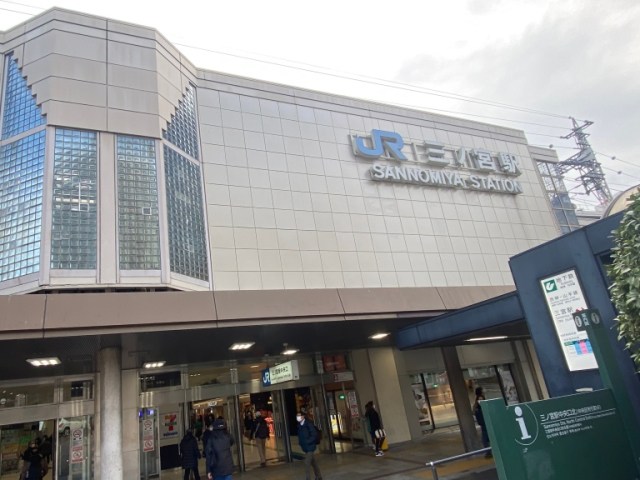
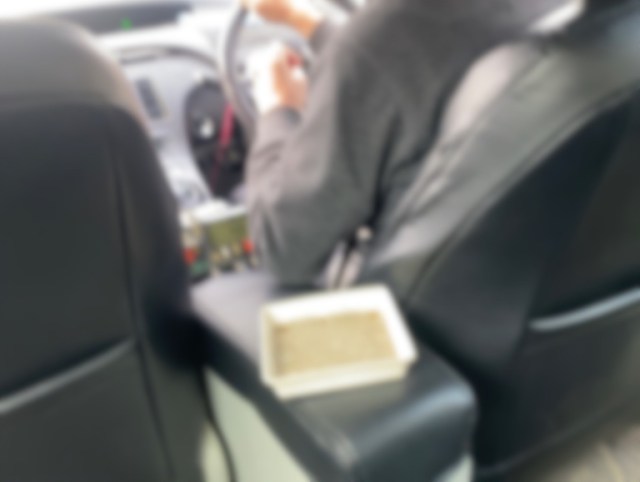
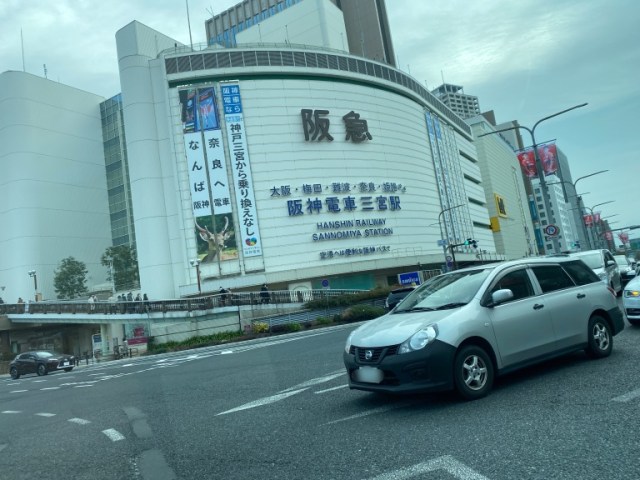
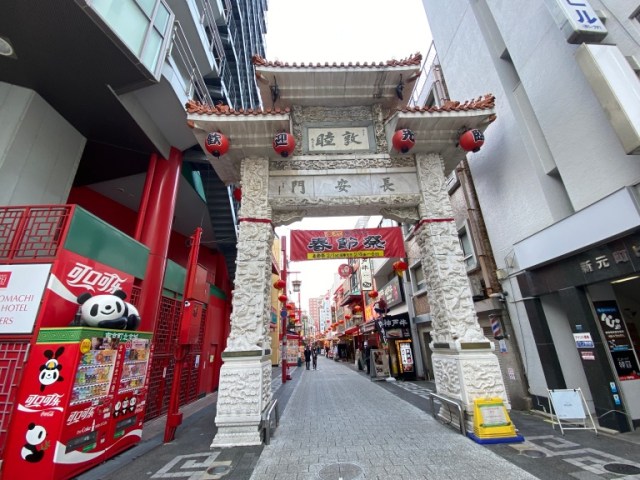
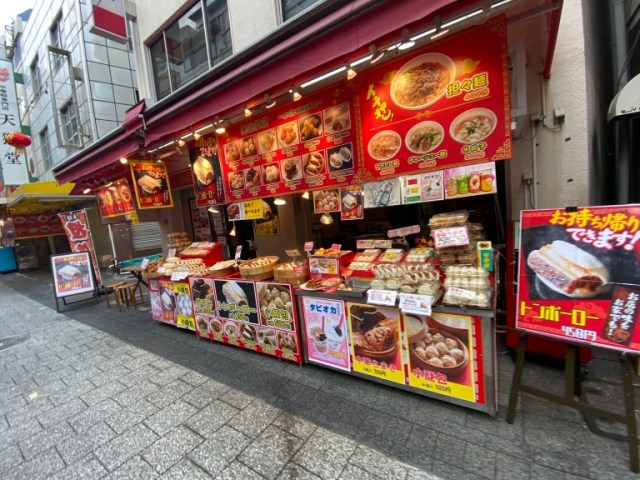
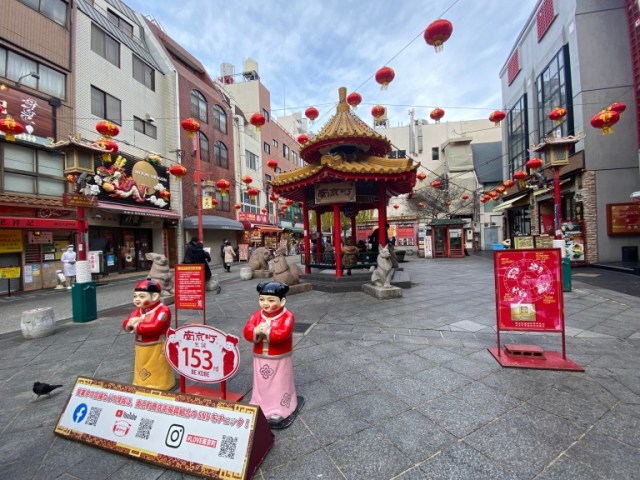
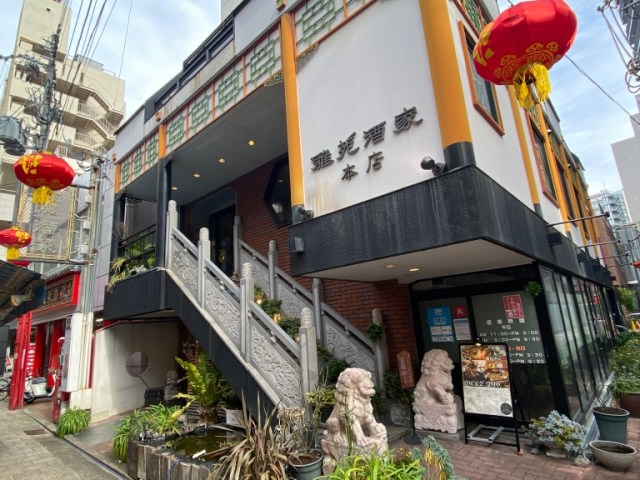
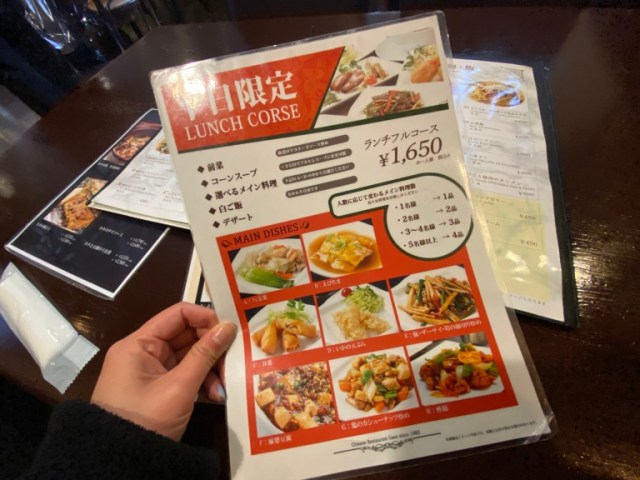
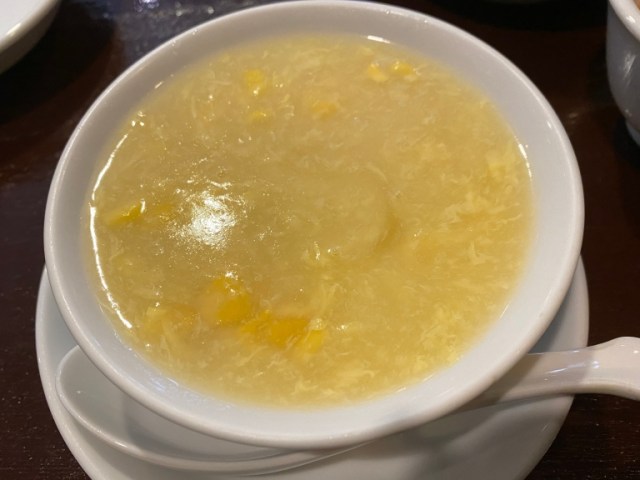
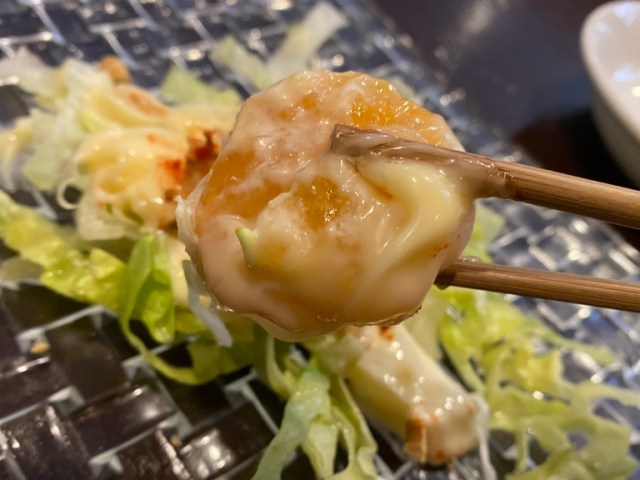
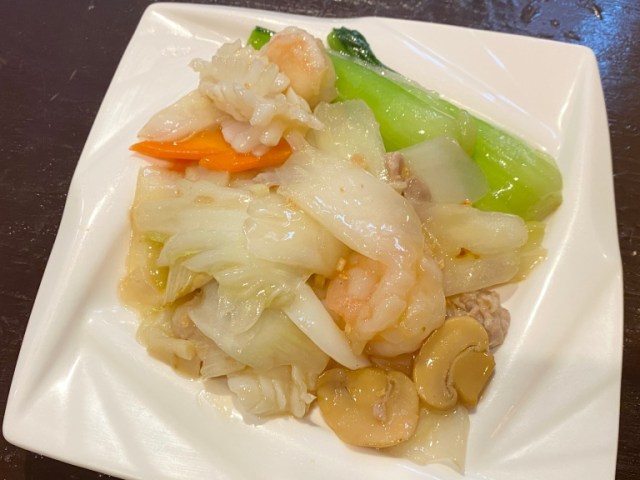
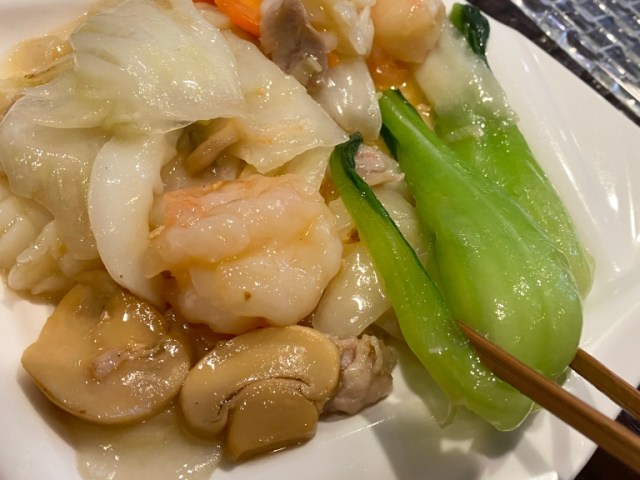

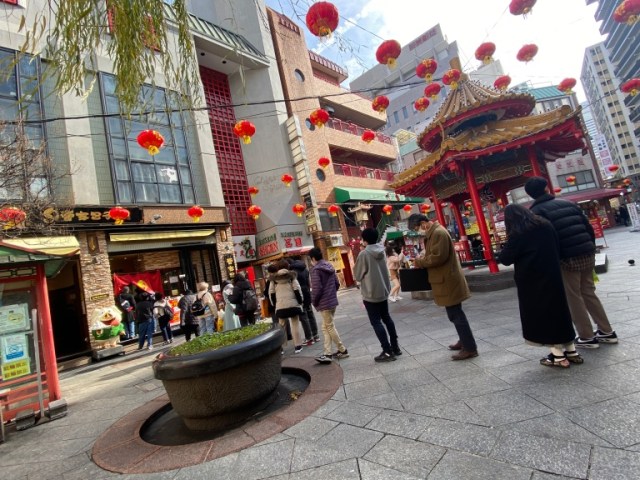
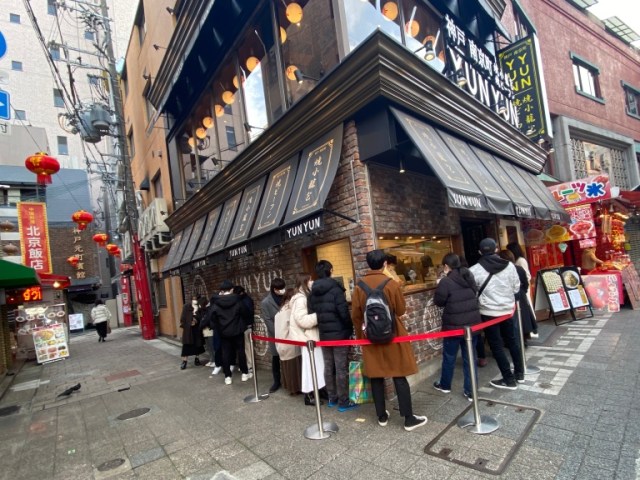
 “Hey Singaporean taxi driver! Take us to the best restaurant in Singapore!”
“Hey Singaporean taxi driver! Take us to the best restaurant in Singapore!” Hey, Thai tuk-tuk driver! Take us to the best Thai restaurant in this part of Bangkok!
Hey, Thai tuk-tuk driver! Take us to the best Thai restaurant in this part of Bangkok! Our reporter orders food from Uber Eats, falls in love, learns that fate works in mysterious ways
Our reporter orders food from Uber Eats, falls in love, learns that fate works in mysterious ways We try a rotating sushi restaurant in New Delhi, are surprised to find no rotating sushi
We try a rotating sushi restaurant in New Delhi, are surprised to find no rotating sushi Hey, Croatian taxi driver! Take us to the restaurant with the best štrukli in Zagreb
Hey, Croatian taxi driver! Take us to the restaurant with the best štrukli in Zagreb McDonald’s new Happy Meals offer up cute and practical Sanrio lifestyle goods
McDonald’s new Happy Meals offer up cute and practical Sanrio lifestyle goods More foreign tourists than ever before in history visited Japan last month
More foreign tourists than ever before in history visited Japan last month Starbucks reopens at Shibuya Scramble Crossing with new look and design concept
Starbucks reopens at Shibuya Scramble Crossing with new look and design concept Arrest proves a common Japanese saying about apologies and police
Arrest proves a common Japanese saying about apologies and police Beautiful Sailor Moon manhole cover coasters being given out for free by Tokyo tourist center
Beautiful Sailor Moon manhole cover coasters being given out for free by Tokyo tourist center All-you-can-drink Starbucks and amazing views part of Tokyo’s new 170 meter-high sky lounge
All-you-can-drink Starbucks and amazing views part of Tokyo’s new 170 meter-high sky lounge The oldest tunnel in Japan is believed to be haunted, and strange things happen when we go there
The oldest tunnel in Japan is believed to be haunted, and strange things happen when we go there Is the new Shinkansen Train Desk ticket worth it?
Is the new Shinkansen Train Desk ticket worth it?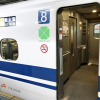 Is the Shinkansen bullet train Green Car upgrade worth it when traveling in Japan?【Photos】
Is the Shinkansen bullet train Green Car upgrade worth it when traveling in Japan?【Photos】 Beautiful new Final Fantasy T-shirt collection on the way from Uniqlo【Photos】
Beautiful new Final Fantasy T-shirt collection on the way from Uniqlo【Photos】 Disney princesses get official manga makeovers for Manga Princess Cafe opening in Tokyo
Disney princesses get official manga makeovers for Manga Princess Cafe opening in Tokyo We try out “Chan Ramen”, an underground type of ramen popular in the ramen community
We try out “Chan Ramen”, an underground type of ramen popular in the ramen community Foreign English teachers in Japan pick their favorite Japanese-language phrases【Survey】
Foreign English teachers in Japan pick their favorite Japanese-language phrases【Survey】 There’s a park inside Japan where you can also see Japan inside the park
There’s a park inside Japan where you can also see Japan inside the park Japanese convenience store packs a whole bento into an onigiri rice ball
Japanese convenience store packs a whole bento into an onigiri rice ball Studio Ghibli releases Kiki’s Delivery Service chocolate cake pouches in Japan
Studio Ghibli releases Kiki’s Delivery Service chocolate cake pouches in Japan Japan’s bone-breaking and record-breaking roller coaster is permanently shutting down
Japan’s bone-breaking and record-breaking roller coaster is permanently shutting down New definition of “Japanese whiskey” goes into effect to prevent fakes from fooling overseas buyers
New definition of “Japanese whiskey” goes into effect to prevent fakes from fooling overseas buyers Foreign passenger shoves conductor on one of the last full runs for Japan’s Thunderbird train
Foreign passenger shoves conductor on one of the last full runs for Japan’s Thunderbird train Our Japanese reporter visits Costco in the U.S., finds super American and very Japanese things
Our Japanese reporter visits Costco in the U.S., finds super American and very Japanese things Kyoto bans tourists from geisha alleys in Gion, with fines for those who don’t follow rules
Kyoto bans tourists from geisha alleys in Gion, with fines for those who don’t follow rules Studio Ghibli unveils Mother’s Day gift set that captures the love in My Neighbour Totoro
Studio Ghibli unveils Mother’s Day gift set that captures the love in My Neighbour Totoro Domino’s Japan now sells…pizza ears?
Domino’s Japan now sells…pizza ears? New Japanese KitKat flavour stars Sanrio characters, including Hello Kitty
New Japanese KitKat flavour stars Sanrio characters, including Hello Kitty Sales of Japan’s most convenient train ticket/shopping payment cards suspended indefinitely
Sales of Japan’s most convenient train ticket/shopping payment cards suspended indefinitely Sold-out Studio Ghibli desktop humidifiers are back so Totoro can help you through the dry season
Sold-out Studio Ghibli desktop humidifiers are back so Totoro can help you through the dry season Japanese government to make first change to romanization spelling rules since the 1950s
Japanese government to make first change to romanization spelling rules since the 1950s Ghibli founders Toshio Suzuki and Hayao Miyazaki contribute to Japanese whisky Totoro label design
Ghibli founders Toshio Suzuki and Hayao Miyazaki contribute to Japanese whisky Totoro label design Doraemon found buried at sea as scene from 1993 anime becomes real life【Photos】
Doraemon found buried at sea as scene from 1993 anime becomes real life【Photos】 Tokyo’s most famous Starbucks is closed
Tokyo’s most famous Starbucks is closed One Piece characters’ nationalities revealed, but fans have mixed opinions
One Piece characters’ nationalities revealed, but fans have mixed opinions We asked a Uniqlo employee what four things we should buy and their suggestions didn’t disappoint
We asked a Uniqlo employee what four things we should buy and their suggestions didn’t disappoint Princesses, fruits, and blacksmiths: Study reveals the 30 most unusual family names in Japan
Princesses, fruits, and blacksmiths: Study reveals the 30 most unusual family names in Japan Studio Ghibli’s new desktop Howl’s Moving Castle will take your stationery on an adventure
Studio Ghibli’s new desktop Howl’s Moving Castle will take your stationery on an adventure McDonald’s breakfast menu in Hong Kong is like nothing we’ve ever seen in Japan
McDonald’s breakfast menu in Hong Kong is like nothing we’ve ever seen in Japan We visit a restaurant called ‘Otaku’ in France, eat some otaku sushi
We visit a restaurant called ‘Otaku’ in France, eat some otaku sushi How can you maximize the calories you burn singing karaoke?【Experiment】
How can you maximize the calories you burn singing karaoke?【Experiment】 We try European Cup Noodle Soba flavors to see which ones come out on top 【Taste test】
We try European Cup Noodle Soba flavors to see which ones come out on top 【Taste test】 Have you tried Tokushima ramen? No? You should (says our obsessed Japanese-language reporter)
Have you tried Tokushima ramen? No? You should (says our obsessed Japanese-language reporter) Ramen and girls bar: Where you can talk to women who aren’t dressed like hosts or maids
Ramen and girls bar: Where you can talk to women who aren’t dressed like hosts or maids We get our hands on a coveted Yodobashi lucky bag, this time the beauty and health gadget box
We get our hands on a coveted Yodobashi lucky bag, this time the beauty and health gadget box Our Japanese reporter visits Czechia’s famous beer spas and boozily bathes in a bath of beer
Our Japanese reporter visits Czechia’s famous beer spas and boozily bathes in a bath of beer We visit a ramen bar in Croatia, meet a whole new version of ramen we can’t wait to make at home
We visit a ramen bar in Croatia, meet a whole new version of ramen we can’t wait to make at home We stumbled upon “Pudding Street” in Hanoi, so of course we had to investigate
We stumbled upon “Pudding Street” in Hanoi, so of course we had to investigate Our Japanese language reporter gets lucky with Vietnam McDonald’s Prosperity Beef Burger
Our Japanese language reporter gets lucky with Vietnam McDonald’s Prosperity Beef Burger Japan’s big eats just got even bigger at this little-known cafe
Japan’s big eats just got even bigger at this little-known cafe The McDonald’s Hokkaido Salmon Burger is a sell-out hit…outside of Japan【Taste test】
The McDonald’s Hokkaido Salmon Burger is a sell-out hit…outside of Japan【Taste test】 One minute is all you need to make this popular instant noodle meal from Okayama【SoraKitchen】
One minute is all you need to make this popular instant noodle meal from Okayama【SoraKitchen】 New Year lucky bag from makeup giant Shu Uemura may disappoint makeup buffs but thrill otaku
New Year lucky bag from makeup giant Shu Uemura may disappoint makeup buffs but thrill otaku
Leave a Reply